Matthew Gleaves (Shifu) and Graham Freemen (The Phoenix) the toughest of adversaries on the benchrest range come together in a series of articles sharing their knowledge of benchrest shooting and what you need to be a winner. The two top-ranked UK benchrest shooters will divulge some of the secrets to great benchrest shooting and guide you through what to look out for when buying benchrest equipment.
Graham, a former world champion, has ‘been there and done that’. With many years of experience, he is one of the country’s foremost authorities on air rifle benchrest shooting, whereas Matthew is new to the sport and became British champion in only his second full season on the Benchrest UK tour. Their combined knowledge will save new benchresters time and money when starting out.
This series of articles will look at each element of the equipment you need to start out in the world of sub-12 benchrest air rifle shooting. In future articles we will look at stocks, rests and things like wind flags and how to read them, but today we will be starting with the rifle action that you’ll need to start your journey into the world of formula one air rifle sports. Be warned – it’s not easy or cheap, but great results can be obtained without getting silly.
IT’S ALL IN THE ACTION
So what does a pro benchrest shooter look for in an air rifle action? We’ll take you on a trip around the general requirements – these recommendations are a composite of the current majority understanding of sub-12 benchrest shooters and we’ll concentrate on airguns with manual actions because sub-12 FPE air rifles with electronic actions are under review, and not yet allowed under world rules in the UK.  Quite simply, the highest quality barrel you can obtain will pay dividends, and even with the best barrels, some are better than others. It can be a game of trial and error, with a lot of testing, but as a starter, you can’t go far wrong with a Lothar Walther barrel or any of the barrels on high-end guns, such as Anschutz, Steyr or Air Arms.
Quite simply, the highest quality barrel you can obtain will pay dividends, and even with the best barrels, some are better than others. It can be a game of trial and error, with a lot of testing, but as a starter, you can’t go far wrong with a Lothar Walther barrel or any of the barrels on high-end guns, such as Anschutz, Steyr or Air Arms.
The vast majority or sub-12 benchrest air rifle shooters use a .177 calibre rifle because this has been proven time and time again to give you the best accuracy.
Most benchrest shooters also like to float their barrels. This means that the only place a barrel touches the action is where it enters the block – where all the firing mechanism is housed, including the trigger. There are no barrel rings attaching the barrel to the cylinder or stock. This enables the barrel to breathe and be harmonically tuned more easily.
Tip: It is also best to have a barrel with a standard ½-inch UNF silencer thread on the end, to enable the attachment of barrel add-ons. Although this can be achieved with adaptors, a single attachment point straight to the barrel is best.
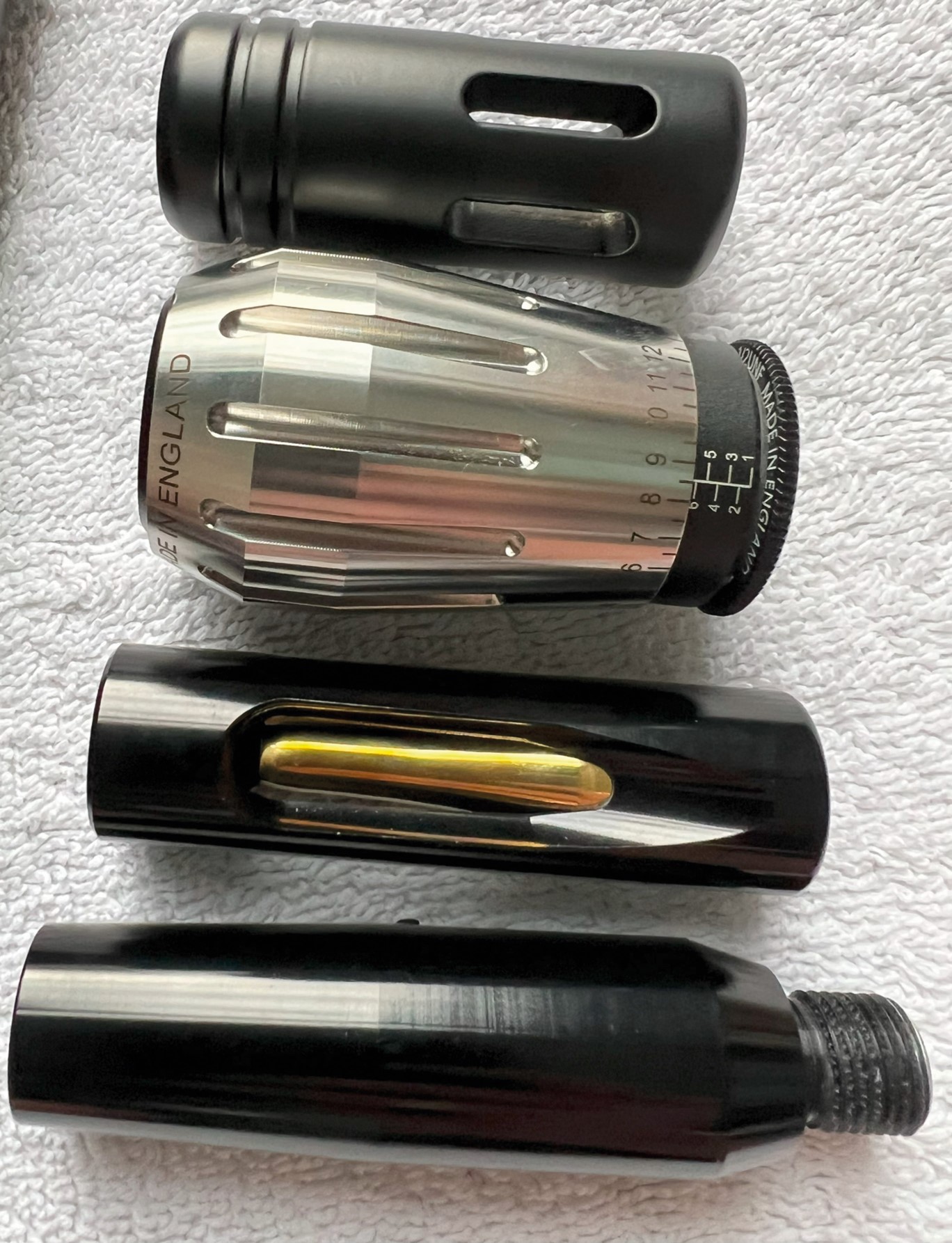
During your journey to obtain the best accuracy, you may wish to add a barrel tuner, barrel weights, or air stripper to improve accuracy. Although rare, some shooters even use a silencer to improve accuracy. This will require a lot of testing and you might find that some options work better than others, or even that nothing at all is best!
We have dipped our toe into the advanced class here, but at this stage it is worth knowing that this will be a future consideration and a valuable skill you will need to learn when bringing the absolute best from your rifle. In short, it is the practice of weighting the barrel to change the vibrations (harmonics) so that the pellet leaves the barrel more accurately.
Tip: Once you have your barrel with the add-on that gives you the most accuracy, you then need to look at what barrel cleaning regimen promotes the best accuracy. Some barrels can shoot better clean or dirty, and somewhere in between – it’s up to you to find out!
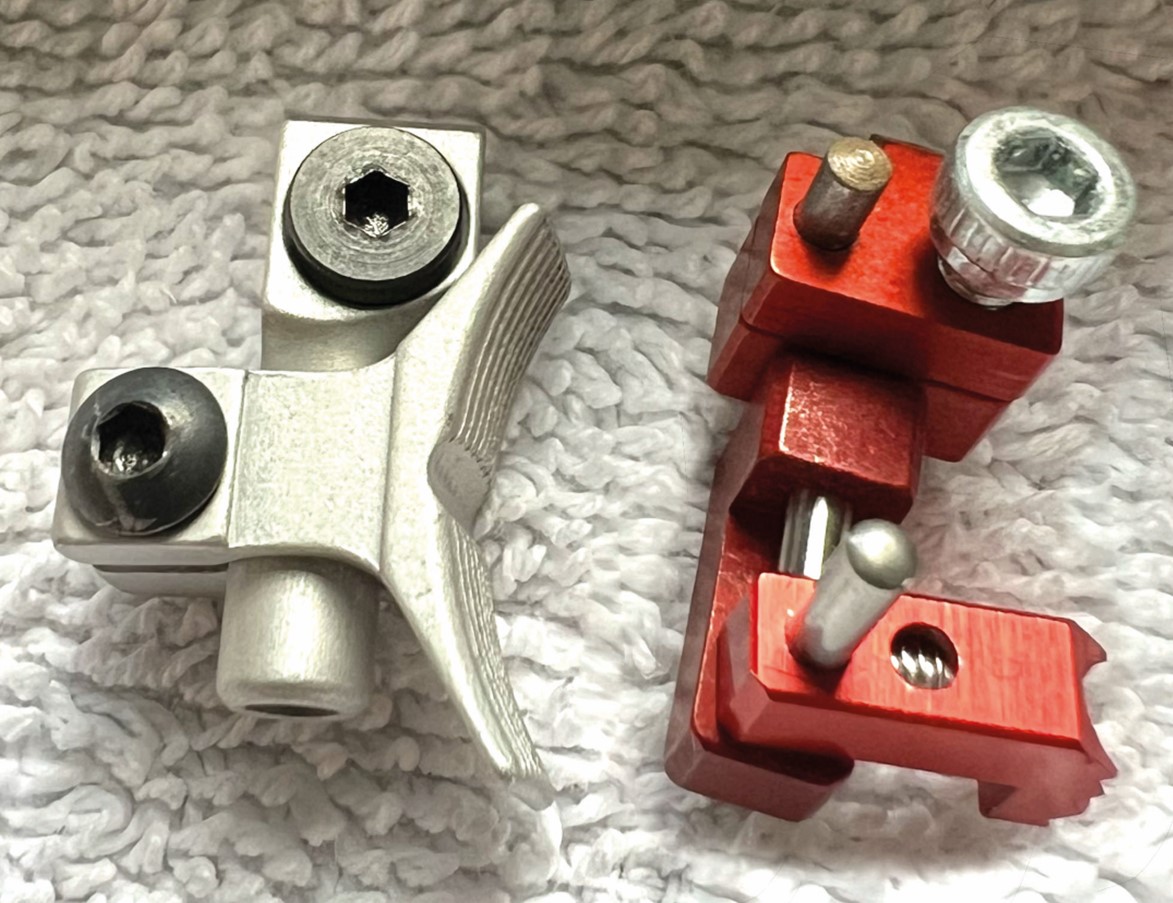
You are looking for a trigger mechanism with a predicable release point that is light enough not to impede accuracy. The Anschutz 9015 has one of the best triggers on an air rifle, but many of the other triggers can be tinkered with to achieve better results. You can also add custom trigger blades/shoes to give you a better predictable feel.
Tip: Many benchrest shooters remove or limit the first stage of the trigger pull. This enables a more precise and predictable release on a very light trigger. Also polishing trigger components can achieve better results, but only if you have the skills to do so! 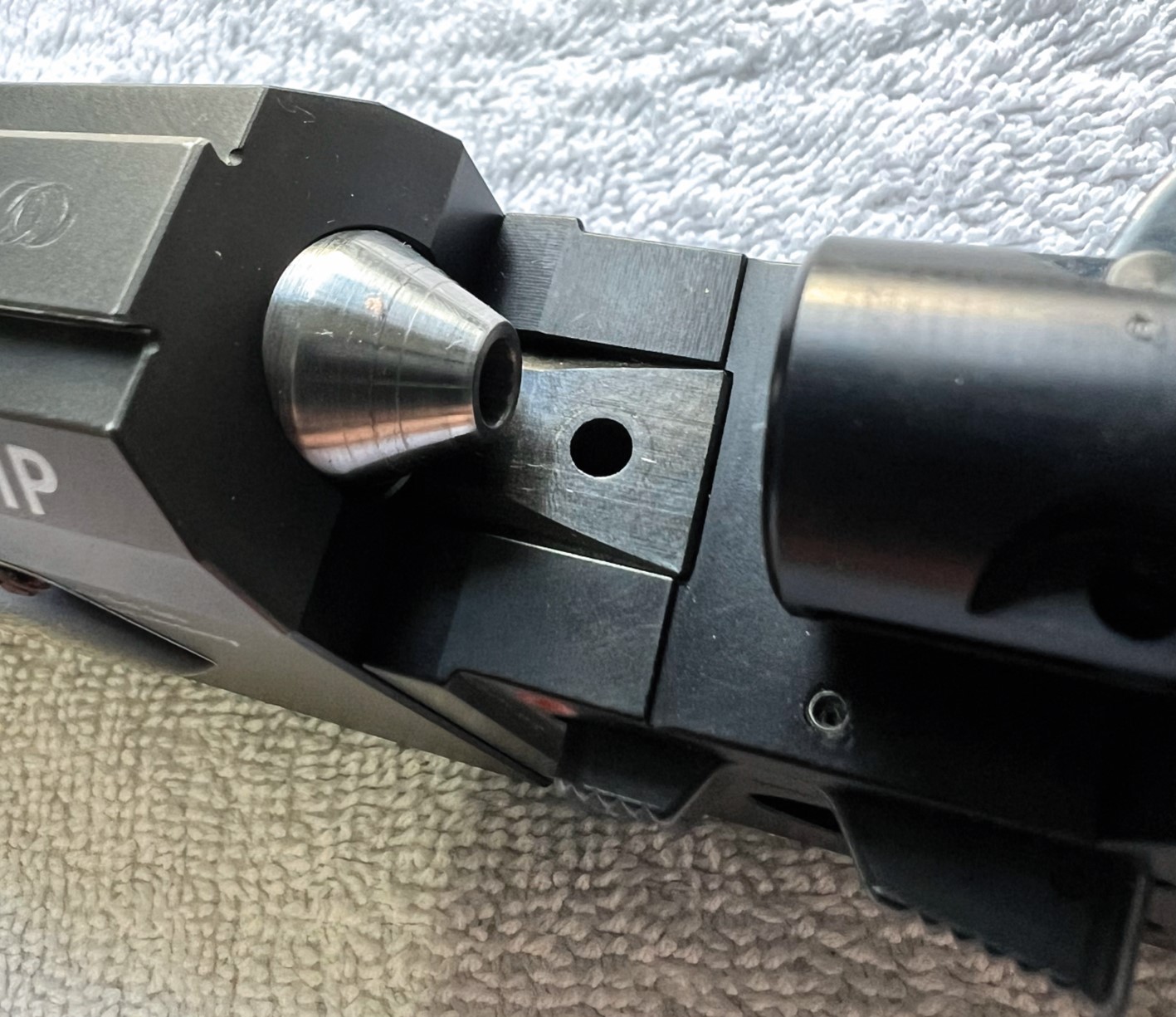
Most successful benchrest shooters use a rifle with a single-shot action, or a single-shot adaptor. This is widely seen as the most accurate option because magazines can damage pellets microscopically, affecting accuracy. Magazines can also jam halfway through a detail.
Tip: If you need a single-shot adaptor, there are many 3D printed options on eBay at reasonable prices.
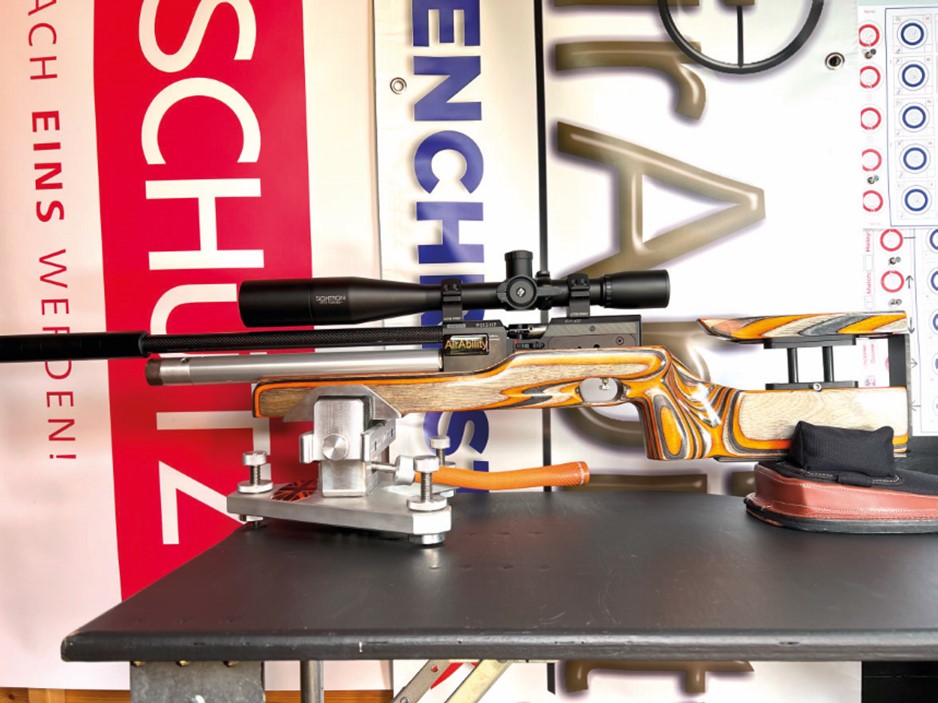
When shooting air rifle benchrest, world rules competition, you will shoot one card at a time with 25 scoring targets and some sighting targets. This means you don’t need an unlimited air supply and you can save weight with guns by using smaller cylinders. Slim cylinders are sometimes preferred to bottles because this allows the air rifle to have a lower, more stable centre of gravity.
Tip: You only really need an air rifle with a shot capacity of 50-plus shots. You just don’t have the time to shoot more quality shots in the 20 minutes allowed.
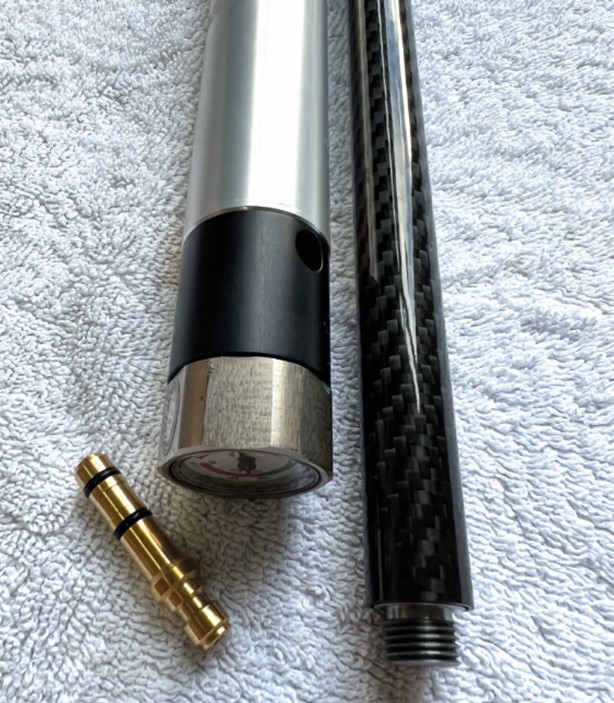
Some air rifles that come from the 10m world of indoor shooting require the cylinder to be removed to fill. This can be extremely inconvenient and the addition of a quick-fill adaptor on the end is advised.
Tip: Remember always to keep a spare fill probe with you at competitions. You won’t believe how many people forget or lose them. 
Many of the high-end air rifles now come with some sort of power management. Whether, a hammer spring adjuster, adjustable regulator, or even both. This is not to adjust the power beyond the legal limit, but to tweak the speed of the pellet for the most accuracy; 10 feet per second change in speed for some pellets can mean the difference from consistent 10s, to inconsistent 9s.
Tip: As you adjust pellet speed, always use a chronograph to ensure that you are running at a legal power and you know what speed gives the best results.
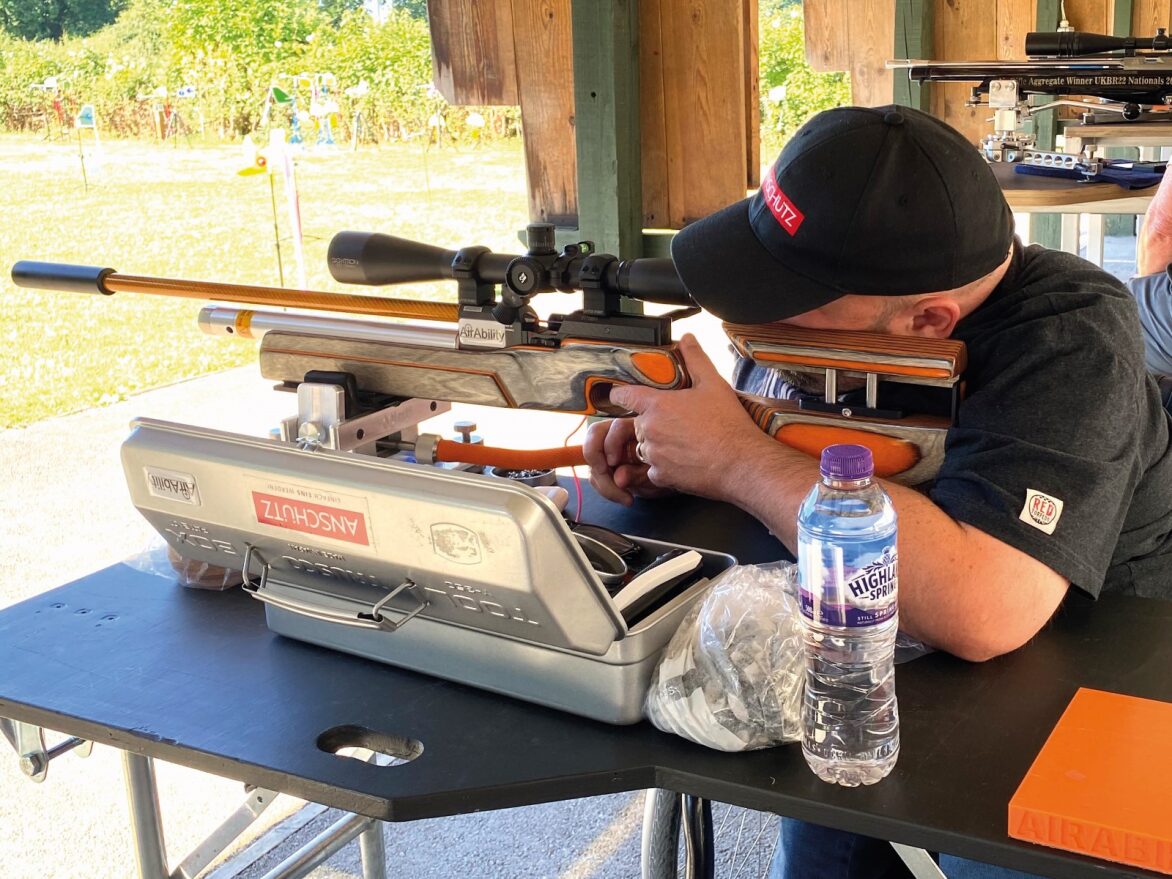
Some air rifles, like the Anschutz and Steyr, have inbuilt stabilisers that neutralise the small recoil made by these rifles. Although this does not necessarily improve accuracy, it can make the shooting experience more refined.
Tip: You might have to adjust your stabiliser when using pellets of a different weight, to get the best out of it.
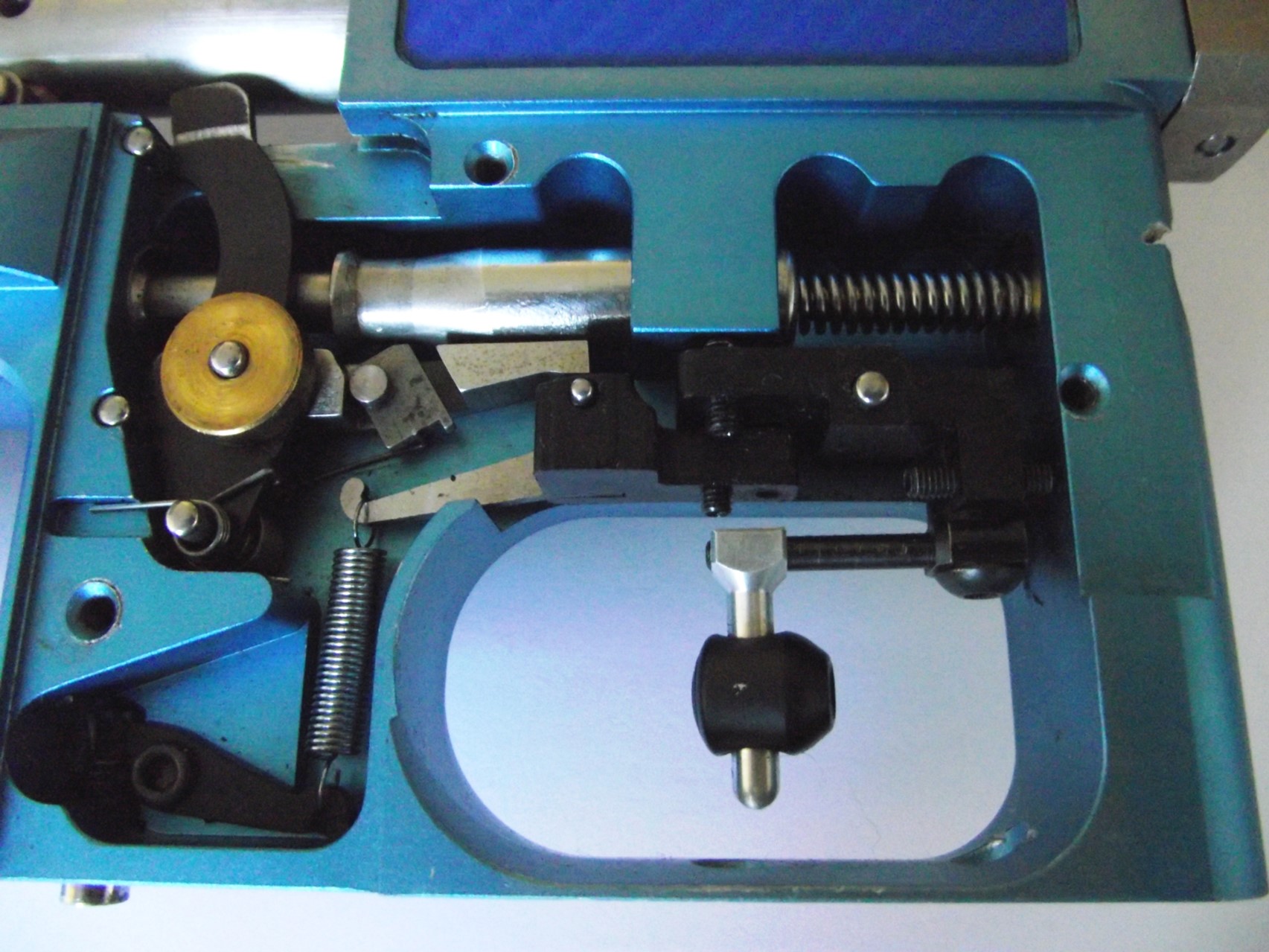
This is the time taken from the trigger breaking, to the pellet leaving the barrel. Many things can influence this. Remember, after the trigger breaks and the hammer is released, it has to open the firing valve and then air has to build up behind the pellet to push it out of the barrel. All this means is, if you have a slower lock time your ‘follow-through’ – the amount of time you hold the rifle without moving after the shot – becomes more important. It might only be milliseconds, but it needs to be considered because the gun has less time to move off target once the trigger is pulled, with a quick lock time.
Tip: Usually rifles of an older design have a longer lock time, whereas newer and rifles designed for match shooting generally have quicker actions and reduced lock times.
FINAL THOUGHTS
Setting up a benchrest air rifle is not an exact science, but the above considerations will enable you to start on the road to supreme accuracy with a modicum of relevant knowledge.
This will speed your progress and enable you to enjoy benchrest shooting with a little less frustration and expense.
Next time, we will be looking at what makes a good benchrest stock. Whether you are adjusting a pre-existing standard stock, or going all out and designing a custom hand-made laminate beauty. While you wait for that article, please check out the www.benchrestuk.com website and watch the AirAbility YouTube channel – they are a mine of information.